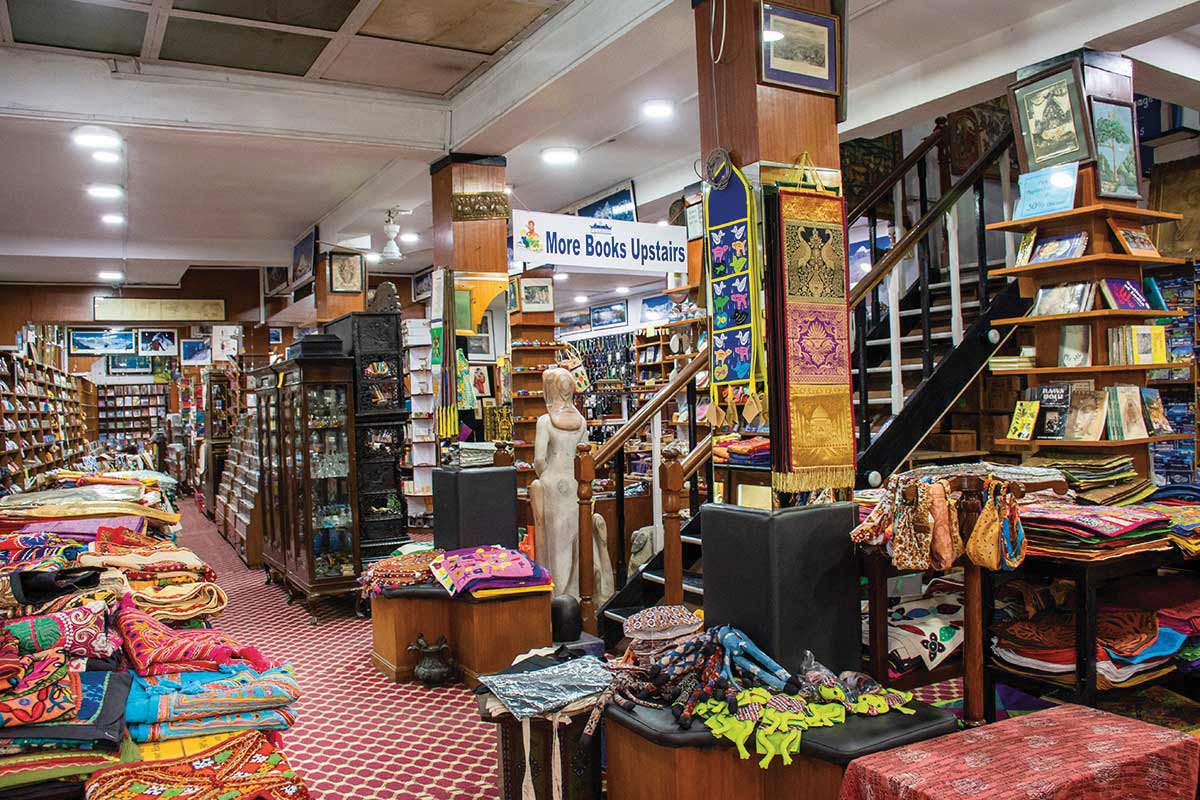W hen my Writer’s Digest (WD) magazine arrived this month I read it (as usual) all in one sitting. The theme was all tens: 10 best books to read, 10 authors’ secrets to success, top 10 things every aspiring writer should know, 10 essentials to a writer’s life (including coffee, more coffee, books to read, a fireplace to read near on cold evenings), and so on.
 WD’s list of 10 Worst Places to Write includes on your parent’s computer, next to a sleeping bear, next to an awake one, or on a typewriter. Remember the manual typewriter? “It looks cool,” WD writes, “but the nostalgia dissipates after the first page when your arms are sore and everyone within a one-mile radius is annoyed by that clacking sound.”
WD’s list of 10 Worst Places to Write includes on your parent’s computer, next to a sleeping bear, next to an awake one, or on a typewriter. Remember the manual typewriter? “It looks cool,” WD writes, “but the nostalgia dissipates after the first page when your arms are sore and everyone within a one-mile radius is annoyed by that clacking sound.”
WD’s 10 Things To Do When Procrastinating Writing starts with “Check Facebook, then Twitter, then e-mail, then loop back again to see what’s new on Facebook.” Then “Type... repeatedly, until a manuscript-length stack of pages emerges.” Or “Text message...(and) compose your novel in short missives sent directly to yourself.” Time-wasters all, but (admit it) they’re fun things to do instead of writing.
What about The 10 Best Places for Writers to Live. WD’s list is all-American (reflecting its readership). So, it’s up to us to identify the best places to write around Nepal. Consider these: Kathmandu, because that’s where the publishers are. Pokhara, least polluted and close to nature and rural life; within 10 minutes you can hike in a forest, or go sit by the lake, or climb up to a picturesque village for inspiration. Maybe Nagarkot or Dhulikhel in the hills near Kathmandu, with great mountain views. Biratnagar or Nepalgunj (?), far from the distractions of Kathmandu central. There’s also Jomsom or Marpha (in Mustang District), friendly places to hang out, where it seldom rains to dampen your enthusiasm. Or, more austere, try Muktinath where, after writing madly at altitude (13,000 ft), you can take an awe-inspiring bath under the shrine’s 108 sacred (and frigid) water spigots, then write frantically again to warm up!
Here are a few of WD’s 10 Rules for Writing, pro and con:
-
Write what you know. Yes? No. Not always. Don’t deny your creative imagination.
-
Hook your readers early. Yes? Maybe. Sometimes not. While struggling to hook readers into your article with a snappy lede (journalism’s way of spelling lead) you may be ignoring the necessary background that makes the story work.
-
‘Show, don’t tell.’ Okay. Most of the time. But, “there are times when what you want to capture on the page is intangible. You can’t see it, weigh it, smack it or lick it. You have to trap a wisp in words. Trying to turn it concrete only causes it to evaporate.”
-
Write every day. But, set your quota by the week; then if you don’t write one day, make it up later.
-
Read what you like to write. But don’t stop there. A good writer reads wide and far: “The writer’s problem, and his obligation, is to know the world... The key is to read like a writer, which means you read everything twice,” once to enjoy the journey (the creative read), and again to “notice how the writer reached that destination” (the critical read).
-
If you want to get rich, do something else. Then, write on the side and enjoy it; but don’t expect to afford to buy a shiny black Mercedes on the profits (unless, of course, you are an extraordinary writer. Are you?).
There you have it, a few of Writer’s Digest’s perfect 10s. Now it’s time to make your own list. Call it ‘10 Things to Know about Writing (or Reading) in Nepal’ (or anything else). Be creative. Then send your list to me to spill some ink over in this column some other month.
Good writing.
Send your list of 10s to me at don.editor@gmail.com (write “List of 10” on the subject line). The inspiration for this month’s column and the source of all the quotes is Writer’s Digest Magazine Big 10 Issue (Sept. 2010), with articles on writing fiction, nonfiction and poetry. See WD online at www.writersdigest.com.










